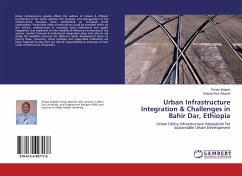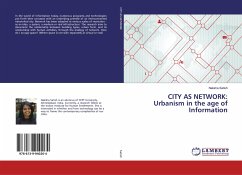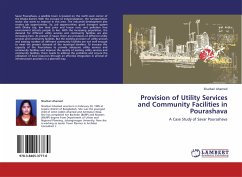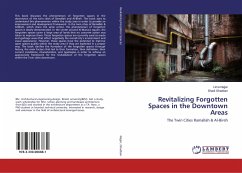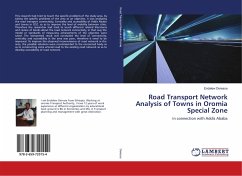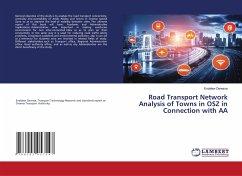
Deciding Bridge Location in Urban Areas
A Network Utility Perspective
Versandkostenfrei!
Versandfertig in 6-10 Tagen
47,99 €
inkl. MwSt.

PAYBACK Punkte
24 °P sammeln!
Bridges are vital links of transportation networks in urban areas, primarily for those largely dependent on land based flow entities. These are generally constructed to overcome geographical-barriers, such as, rivers, gorges, straits, valleys etc., while meeting requirements of transportation, as best as possible. However, the criticality of building a bridge primarily lies in its capital-intensiveness, which demands for its location-planning that would optimize between the effectiveness of connectivity and the increased investment of valued fiscal resource. This book presents a methodological...
Bridges are vital links of transportation networks in urban areas, primarily for those largely dependent on land based flow entities. These are generally constructed to overcome geographical-barriers, such as, rivers, gorges, straits, valleys etc., while meeting requirements of transportation, as best as possible. However, the criticality of building a bridge primarily lies in its capital-intensiveness, which demands for its location-planning that would optimize between the effectiveness of connectivity and the increased investment of valued fiscal resource. This book presents a methodological approach for deciding location(s) of bridge(s) in urban areas, based on the consideration of utility of transportation networks. The proposed methodological approach is studied in cases of four typical forms of transportation networks, constructed hypothetically. These studies reveal important attributes of transportation networks in connection with deciding bridge location(s). Finally, theapplicability of the proposed approach is demonstrated in case of Kolkata Metropolitan Area in India.



